The Ministry of Health is embarking on developing this project with two goals: free periodic health check-ups for people at least once a year and free hospital fees for all people. It is not yet clear how the hospital fees will be exempted and how it will be implemented. However, Deputy Minister of Health Tran Van Thuan said that a two-phase roadmap has been determined for 2026-2030 and 2031-2035 to gradually realize the above two important policies.
Accordingly, the basic roadmap from 2026 to 2030, the goal is for 90% of people to have full access to disease prevention services, increase the health insurance coverage rate to 100%, ensure 100% of people have annual health check-ups; at the same time develop electronic health records for lifelong management. The rate of direct payment from people for health services will decrease to below 20% (currently about 40%); co-payments for health insurance examination and treatment will decrease to below 10%.
In the next phase, 2031-2035, the Ministry of Health will continue to perfect the legal framework, gradually implementing the policy of free health care for all people. The goal is that by 2045, people will no longer have to pay extra when using health insurance examination and treatment services, making Vietnam one of the leading countries in ensuring health security.
It is estimated that on average, each Vietnamese person visits the doctor 2.1 times a year, spending an average of 129 USD per person (equivalent to 3 million VND), of which 35-37% is for medicine (about 1.1 million VND). The 2020 Vietnam Health Yearbook recorded state budget expenditure on health at 124,700 billion VND. Other sources of revenue for health are from hospital fees, health insurance (HI), service activities... estimated at 147,540 billion VND, of which HI is about 100,000 billion VND. Thus, the total expenditure on health in 2020 is 272,240 billion VND.
National Assembly delegate Nguyen Anh Tri ( Hanoi ) proposed to prioritize the application of the hospital fee exemption policy for cases such as the poor, veteran revolutionary cadres, heroic Vietnamese mothers, people with meritorious services to the country, retired cadres, the elderly, people in remote areas... After that, the policy should be gradually expanded to avoid putting sudden pressure on the national budget.
"If we do two things well: linking this policy with health insurance and dividing the target groups, I think we can immediately apply the free hospital policy without having to wait until 2030," Mr. Tri said, and is optimistic that "doing a little each year, by 2030, implementing it to the entire population is completely feasible."

Doctors at the A9 Emergency Center, Bach Mai Hospital, race to save the patient's life. Photo: Giang Huy
Amending the Health Insurance Law and the "hundreds of thousands of billions" problem
Experts say that total spending on medical examination and treatment in Vietnam, including both public and private health facilities, currently accounts for over 6% of GDP each year. When hospital fees are exempted, this budget revenue needs to be compensated.
Responding to VnExpress on May 16, Associate Professor Dao Xuan Co, Director of Bach Mai Hospital, said that to solve the above cost problem, it is necessary to develop comprehensive, universal health insurance with diverse forms to ensure people can access medical services without facing financial barriers.
"Unlike tuition fees, which have a stable collection rate at each level, medical treatment costs are very diverse, ranging from a few million to hundreds of millions of VND, even more than a billion VND for an organ transplant," Mr. Co explained. State support through health insurance helps offset uneven costs and remove financial bottlenecks for hospitals, while also creating conditions for medical facilities to develop expertise and invest in new technology.
Mr. Tri also believes that the State supports people through health insurance, compensating for the additional costs for the health sector. Thus, hospitals do not have to worry about returning to the subsidy period but on the contrary, they are still autonomous and autonomous in a convenient way, with resources to invest in medical equipment and improve qualifications and techniques.
In fact, in the world, the universal health insurance policy is the sustainable foundation of advanced social security systems. In the Nordic countries, over the past two decades, the policy of completely free medical examination and treatment has contributed to reducing the rate of household bankruptcy due to medical costs to less than 1%, compared to 8% in middle-income countries.
Currently, the health insurance coverage rate in Vietnam is 94.2% of the population. The revised Health Insurance Law in 2024 has brought some improvements, but experts say these changes are still not comprehensive enough to create a breakthrough. Access to high-quality health services, especially for poor or seriously ill patients, is still limited due to the coverage of health insurance for drugs, supplies, advanced techniques and limited revenue for the fund.
Agreeing with the above opinions, Deputy Minister Thuan said that it is expected to amend the Law on Health Insurance to provide free medical examination and treatment services for all people. This is to create a mechanism for new sources of revenue, such as supplementary health insurance funds, thereby ensuring more complete and substantial benefits for patients, towards a sustainable and equitable health care system for all people.
The current health insurance contribution rate is 4.5% of the basic salary, still maintaining a balanced financial status. However, when expanding benefits, increasing the level of benefits, and moving towards exempting hospital fees, it is necessary to amend the Health Insurance Law, restructure the contribution rate, and ensure affordability.
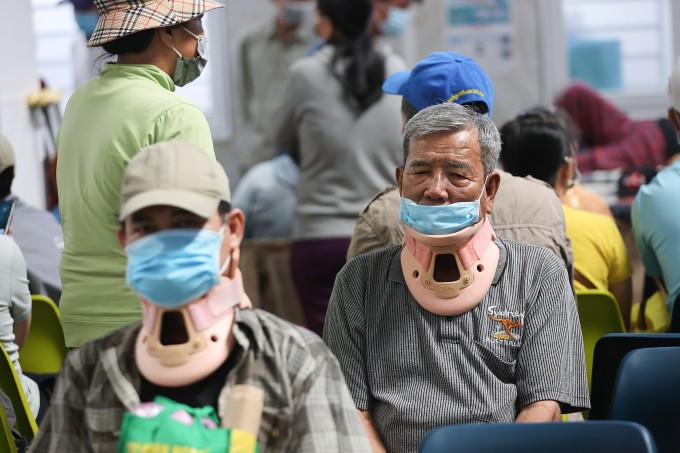
Patients waiting for examination at the Ho Chi Minh City Orthopedic Hospital. Photo: Quynh Tran
Experts also believe that financial resources need to be mobilized from the state budget and socialized. Dr. Angela Pratt, Chief Representative of the World Health Organization (WHO) in Vietnam, said there are many different options to finance this, including setting aside revenue from taxes on tobacco, alcohol, and sugary drinks. Some countries have used revenue from these items to offset health budget spending. For example, in Thailand, 2% of alcohol and tobacco taxes generate a fund of more than 120 million USD/year for public health care. The Philippines spends up to 85% of tobacco taxes on health.
Mr. Co also suggested considering new financial solutions with the participation of society and businesses in a clear legal framework to supplement the budget for universal health care. In developed countries, many non-profit hospitals operate effectively thanks to capital from socialization and from businesses investing in social security funds. Therefore, there needs to be a mechanism to strongly mobilize this resource to participate in people's health care.
"If we do a good job of mobilizing from these sources, along with the current economic growth rate and the determination of the whole society, I believe the goal of free hospital fees is completely feasible," Mr. Co said.
Source: https://baohatinh.vn/mien-vien-phi-hon-100-trieu-dan-se-trien-khai-nhu-the-nao-post287975.html


![[Photo] 60th Anniversary of the Founding of the Vietnam Association of Photographic Artists](/_next/image?url=https%3A%2F%2Fvphoto.vietnam.vn%2Fthumb%2F1200x675%2Fvietnam%2Fresource%2FIMAGE%2F2025%2F12%2F05%2F1764935864512_a1-bnd-0841-9740-jpg.webp&w=3840&q=75)




![[Photo] National Assembly Chairman Tran Thanh Man attends the VinFuture 2025 Award Ceremony](/_next/image?url=https%3A%2F%2Fvphoto.vietnam.vn%2Fthumb%2F1200x675%2Fvietnam%2Fresource%2FIMAGE%2F2025%2F12%2F05%2F1764951162416_2628509768338816493-6995-jpg.webp&w=3840&q=75)
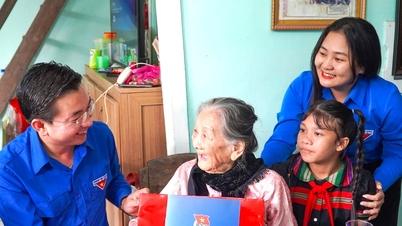

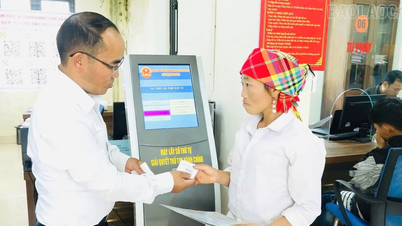

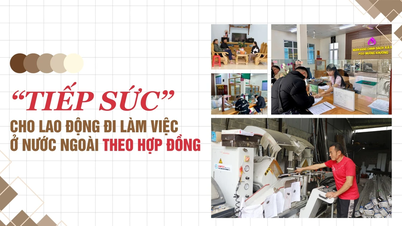

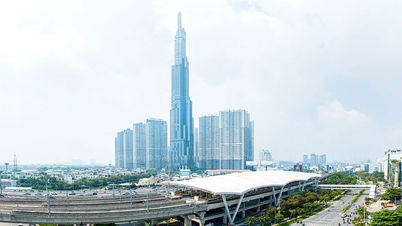












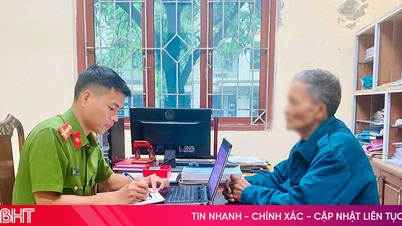


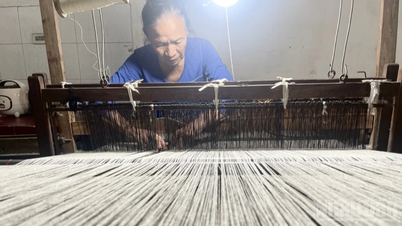



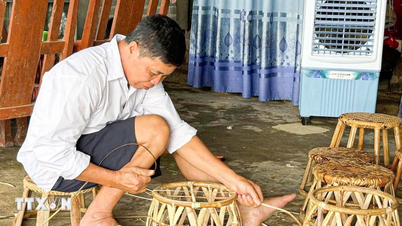









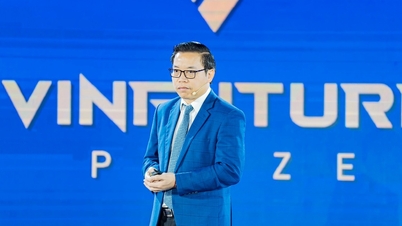

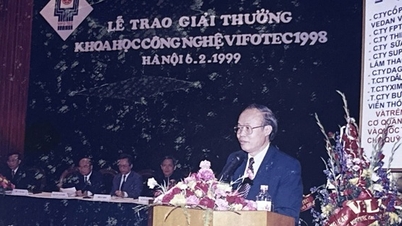

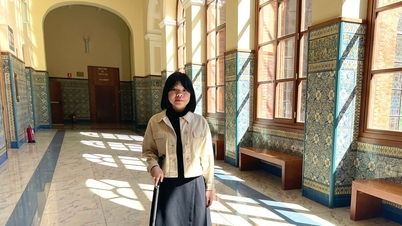

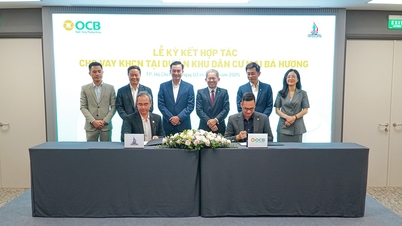


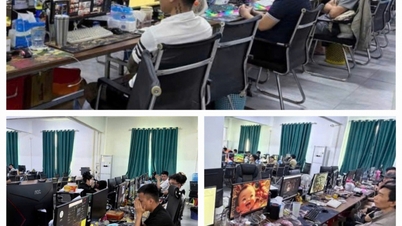



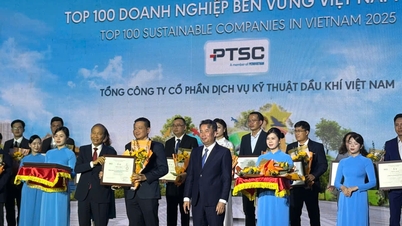






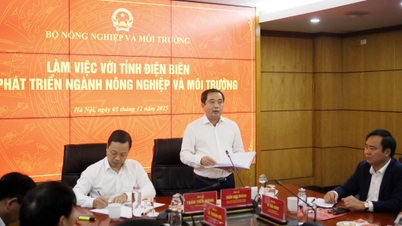







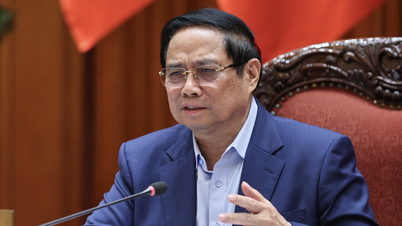
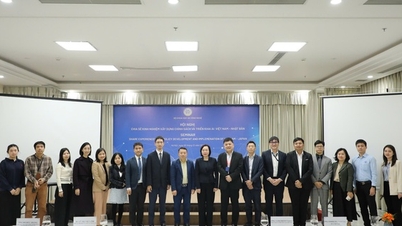


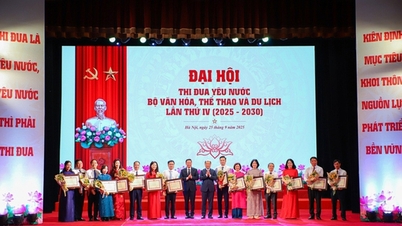

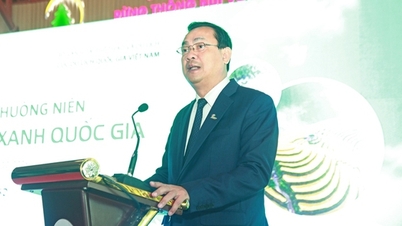
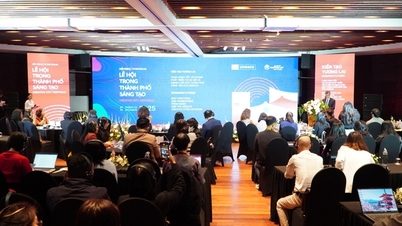




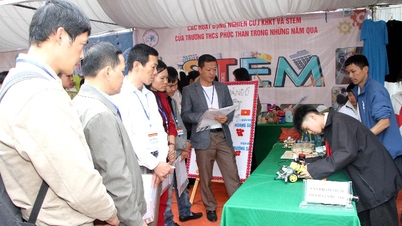


















Comment (0)